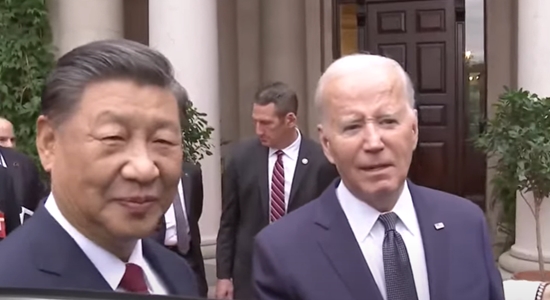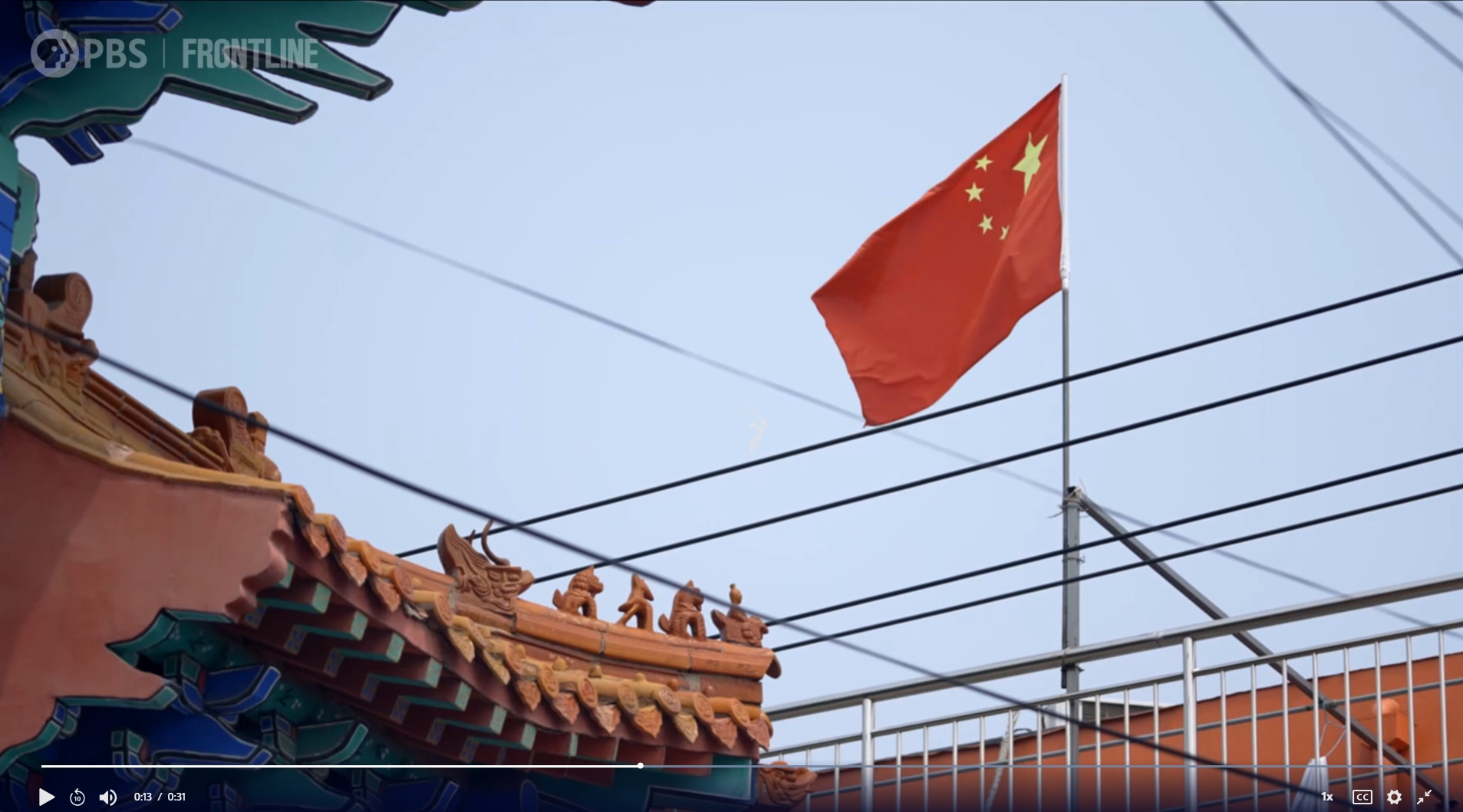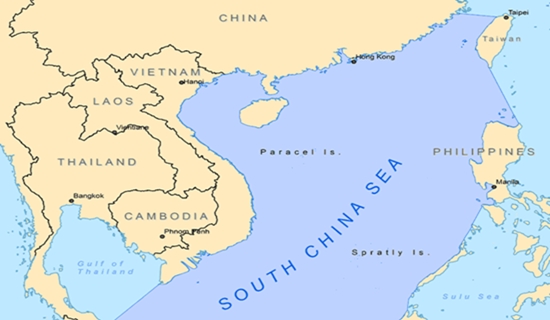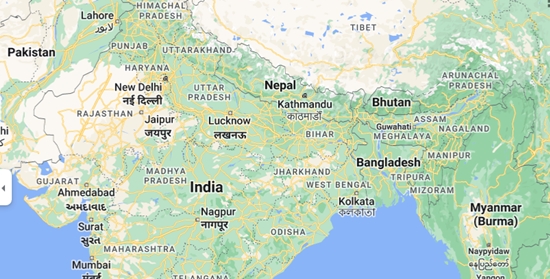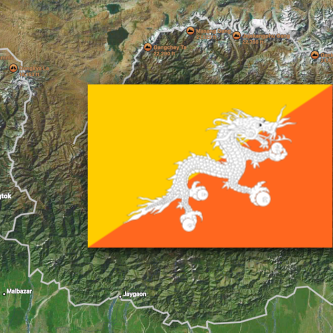
A May 2021 Foreign Policy article details both the fact of covert Chinese occupation of certain regions of Bhutan and the history leading to the occupation. The article, “China Is Building Entire Villages in Another Country’s Territory,” is by Robert Barnett, with credit given to the research of four others, including two anonymous Tibetan researchers.
The people living in the areas of Bhutan that China has taken over—in violation of a 1998 China-Bhutan treaty—include “construction workers, technical advisors, and security forces, many of them Chinese rather than Tibetans” and “a special unit of the police agency overseeing borders.”
In addition to other evidence that this is happening, Barnett analyzes details of satellite imagery of the China-developed regions of Bhutan. He reports:
- Regions of Bhutan on which China has been building were still being shown as part of Bhutan on official Chinese maps as late as the late 1990s.
- In 1998, China signed a treaty with Bhutan recognizing its sovereignty and territorial integrity and stipulating that “no unilateral action will be taken to change the status quo on the border.” Obviously, the “construction of roads, settlements, and buildings within the Beyul and the Menchuma Valley” violates this agreement.
- China’s squatting on disputed and previously undisputed territory of Bhutan is “hiding in plain sight” in many official Chinese reports, which discuss the construction but omit the fact that this construction is happening inside the non-China country of Bhutan.
- An early attempt to build a road into Bhutan, which is allied with India, led in 2017 to a 73-day confrontation with India. China backed down. Or pretended to.
- China’s overt or stealthy encroachment on Bhutanese and Indian territory is a years-long project. By 2021, China had been building the village of Gyalaphug within Bhutan for several years, and this and related construction “involves entire districts, not just a single village.”
- China has been elbowing Bhutan for at least twenty years and pressuring it to cede territory that would be valuable to China in its struggles with India. By 2005, China-instigated conflicts between Tibetan herders and Bhutanese herders had led the latter to withdraw from the Bhutanese lands that China is now taking over. “Such incidents had become commonplace in all the areas of Bhutan claimed by China, and there was no precedent suggesting that they might escalate to major construction, still less settlement. . . .”
- It is unlikely that Bhutan has given even secret consent to what China is doing. “Given its incomparable importance for the Bhutanese and for Tibetan Buddhists in general, no Bhutanese official would ever formally relinquish this area [the Gyalaphug area] to China, any more than Britain would yield Stonehenge or Italy Venice.” But the Bhutanese has been keeping silent for fear of antagonizing either side in the ongoing territorial conflicts between China and India.
- Bhutan has scant military means of challenging China’s incursions. The geography and China-constructed infrastructure of the occupied area favor China, whose troops would have better access to China and to supplies from China than Bhutanese troops would have to the rest of Bhutan and to supplies from Bhutan.
The author concludes that it would not be in China’s interest to try to swallow Bhutan whole as in the 1950s it swallowed Tibet whole, an act from which it is still suffering indigestion. But tyrannical states bent on conquest often turn deaf ears to such counsel; they go ahead and grab the world’s Sudetenlands and Crimeas anyway.


